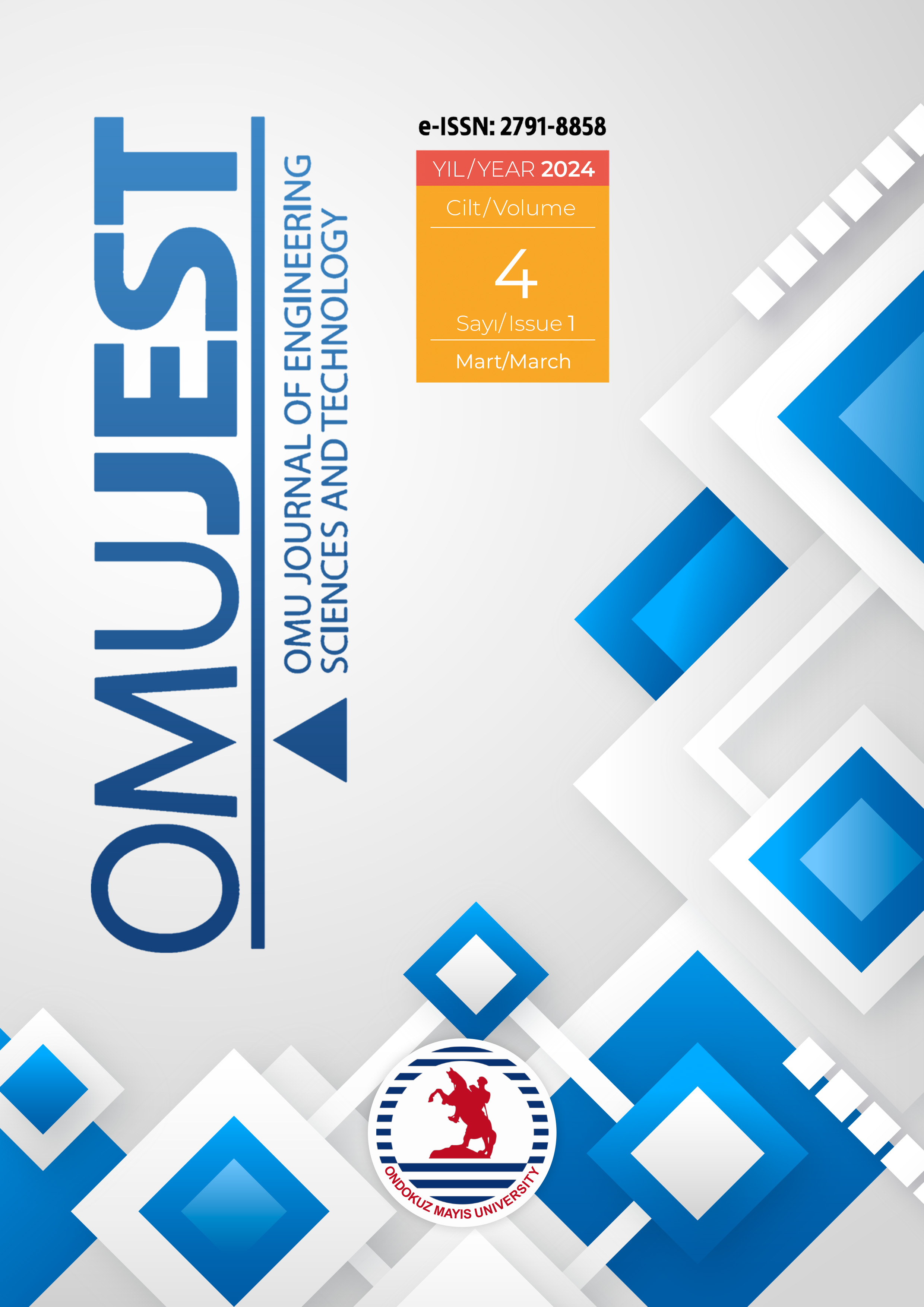Post-Quantum Secure Digital Crypto Wallet
Keywords:
Blockchain, Digital crypto wallet, Post-quantum cryptographyAbstract
Blockchain is an immutable digital ledger that runs on a decentralized network, managed by a consensus algorithm. In blockchain, wallet keys and wallet addresses generated cryptographically in digital crypto wallets are used as personal identifiers instead of users' real identity information. Digital crypto wallets are applications developed separately from blockchains. However, without them, it is not possible to carry out any transaction that can interact with the blockchain, such as transfer transactions, running smart contract applications, since there is nothing in the blockchain that represents the user. Today, public key elliptic curve digital signing algorithm (ECDSA) is used in digital crypto wallet applications. The security of this algorithm is based on the difficulty of the discrete logarithm problem on the elliptic curve. With the algorithm proposed by Shor in 1994, it was stated that the difficult problems on which public key cryptography systems are based can be solved in polynomial time in the presence of quantum computers. This means that in the presence of quantum computers, crypto wallet applications created using ECDSA, like all systems created using public keys, cannot be secured. Due to the need to standardize post-quantum cryptosystems, NIST made a call in 2016. Within the scope of this call, lattice-based Crystals-Dilithium and Falcon algorithms were chosen as the digital signing standard by going through certain stages. In this study, a post-quantum secure digital crypto wallet is proposed for Bitcoin and Ethereum blockchains by using the Crystals-Dilithium digital signing algorithm in the crypto wallet key generation stage.




